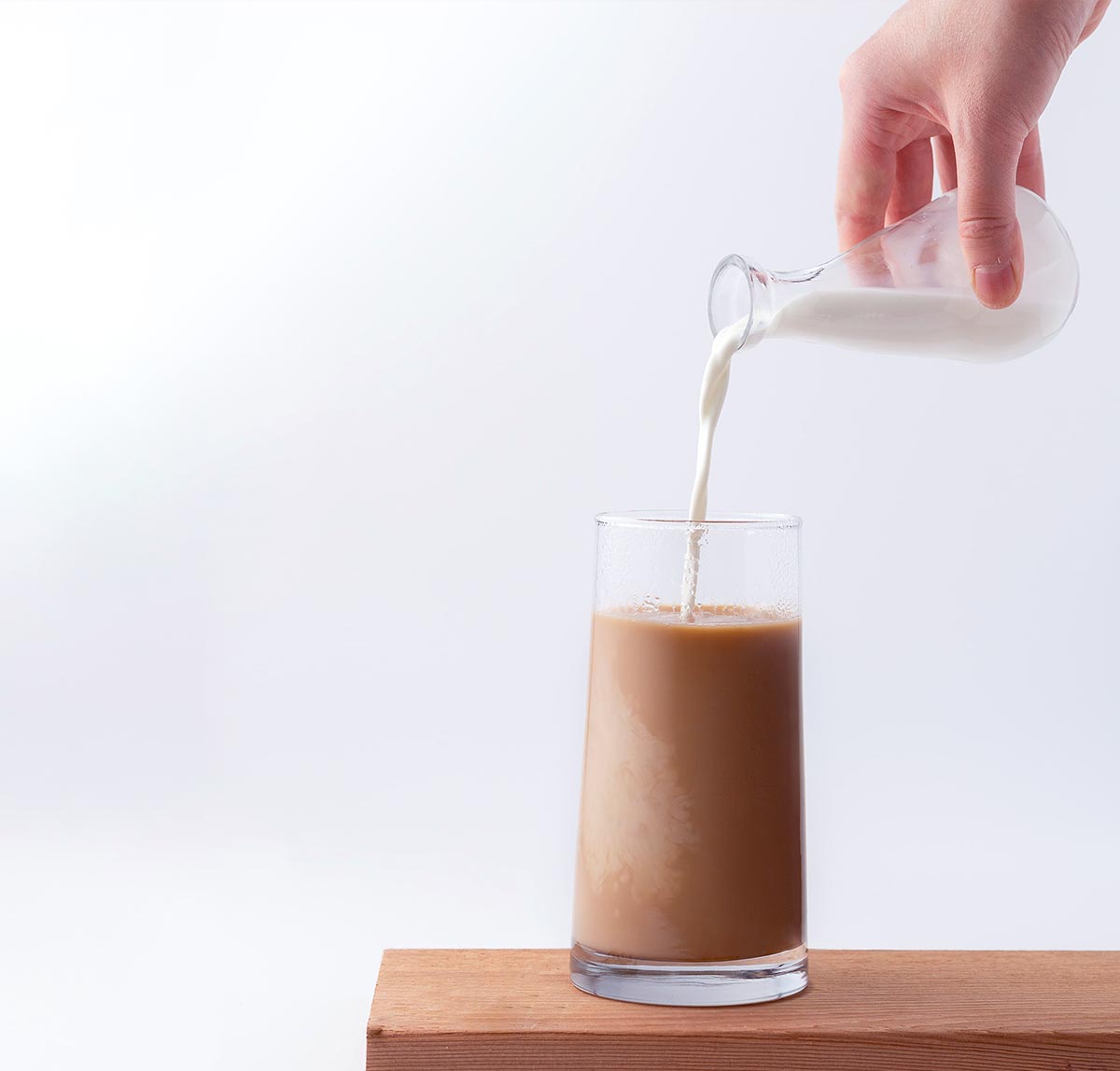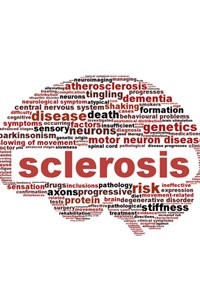Joint pain is a pervasive issue, impacting millions of people worldwide. From arthritis to sports injuries, the causes of joint discomfort are as varied as the individuals who experience it. Even lifestyle factors like obesity and repetitive motion can place excessive strain on joints, exacerbating wear and tear. While traditional over-the-counter (OTC) medications can provide temporary relief, they often come with risks, prompting a growing interest in natural remedies.
The Problem with Conventional Drugs
OTC medications such as NSAIDs (non-steroidal anti-inflammatory drugs), ibuprofen, and aspirin are commonly used to manage joint pain. While effective in alleviating discomfort, these drugs merely mask symptoms rather than addressing the underlying cause. Moreover, long-term use can lead to serious side effects, including gastrointestinal issues, liver damage, and even internal bleeding. A report in the *New England Journal of Medicine* estimates that NSAIDs contribute to over 16,500 deaths and 103,000 hospitalizations annually in the U.S. alone. For individuals seeking sustainable, side-effect-free solutions, natural alternatives offer a promising path.
Natural Ingredients: The Future of Joint Care
As research delves deeper into the therapeutic potential of herbs and botanicals, a new era of joint care is emerging. Natural ingredients not only alleviate pain but also support the body’s ability to repair and maintain joint health. Unlike synthetic drugs, these remedies have minimal side effects, making them ideal for long-term use. Below, we explore some of the most effective natural ingredients currently revolutionizing joint care.
Glucosamine Sulfate: A Cartilage Protector
Derived from shellfish, glucosamine sulfate is a well-studied compound known for its ability to repair and strengthen cartilage. Cartilage acts as a cushion between bones, preventing painful friction. Studies, including those published in the *Lancet*, confirm that glucosamine sulfate supports comfortable joints and promotes mobility. By encouraging the growth of new cartilage, it helps slow the progression of osteoarthritis and other degenerative joint conditions.
MSM: Relief for Aching Muscles
Methylsulfonylmethane, or MSM, is often paired with glucosamine to enhance its effects. Known for its anti-inflammatory properties, MSM provides relief from joint pain and improves flexibility. A clinical trial published in *Clinical Drug Investigation* revealed that combining MSM with glucosamine yielded superior results in reducing joint discomfort compared to using either ingredient alone.
Herbal Heroes: Boswellin, Yucca, and More
Several herbs have shown remarkable potential in easing joint pain. Boswellin, derived from the gum of the boswellia serrata tree, has been used for centuries in traditional medicine to reduce inflammation. Similarly, yucca root contains natural compounds that combat oxidative stress and alleviate joint discomfort. These botanicals not only provide relief but also nourish the joints, enhancing their long-term health.
Antioxidants: The Inflammation Fighters
Antioxidants like grape seed extract and curcumin (from turmeric) neutralize free radicals, the unstable molecules responsible for joint inflammation. Curcumin, in particular, has garnered attention for its ability to regulate the body’s inflammatory response by stimulating cortisol production. A study in the *European Journal of Pharmacology* highlighted curcumin’s potential in reducing joint pain and improving mobility.
Hyaluronic Acid: Nature’s Lubricant
Hyaluronic acid, a gel-like substance naturally found in synovial fluid, acts as a lubricant and shock absorber for joints. As we age, our bodies produce less hyaluronic acid, leading to stiffness and discomfort. Supplementation with hyaluronic acid, such as in the form of Hyal Joint, has been shown to restore joint lubrication and enhance flexibility. Research in the *Nutrition Journal* demonstrated significant improvements in joint pain and mobility among individuals using hyaluronic acid supplements.
Omega-3s and Green Lipped Mussel Extract
Omega-3 fatty acids, found in fish oil and green-lipped mussel extract, are powerful anti-inflammatories. These nutrients not only reduce joint swelling but also support the regeneration of cartilage. The *Inflammopharmacology Journal* documented the effectiveness of green-lipped mussel extract in improving joint function and reducing pain in arthritis patients.
White Willow Bark: Nature’s Aspirin
Containing salicin, a precursor to salicylic acid, white willow bark offers pain relief without the harsh side effects of synthetic aspirin. Athletes often turn to this natural remedy to manage joint pain and inflammation. Research in *Phytotherapy Research* confirmed its efficacy in reducing osteoarthritis symptoms.
Bioperine: Enhancing Absorption
Derived from black pepper, Bioperine enhances the bioavailability of other nutrients, ensuring that your body absorbs the maximum benefit from joint supplements. A study published in *Planta Medica* demonstrated Bioperine’s ability to boost the absorption of curcumin by up to 2000%, amplifying its anti-inflammatory effects.
The Role of Lifestyle in Joint Health
While natural supplements offer significant benefits, they work best when paired with a healthy lifestyle. Maintaining a balanced diet rich in anti-inflammatory foods, staying hydrated, and engaging in regular low-impact exercises like swimming or yoga can greatly enhance joint health. Managing weight is particularly crucial, as every extra pound of body weight translates to three times the pressure on weight-bearing joints like the knees and hips.
A Holistic Approach
Joint health is about more than just relieving pain; it’s about preserving mobility and quality of life. By integrating natural supplements like glucosamine, MSM, and curcumin with a proactive lifestyle, you can protect your joints and enjoy an active, fulfilling life. As science continues to uncover the potential of nature’s remedies, the dream of healthy, pain-free joints is becoming a reality for millions.
This article is editorial in nature and does not constitute medical advice. Always consult a physician for any health-related concerns, whether psychological or physical.
References: Detailed citations as listed in the source material are integral to the credibility and scientific grounding of this article.
References:
1. Reginster JY, Deroisy R, Rovati LC, Lee RL, Lejeune E, Bruyere O, Giacovelli G, Henrotin Y, Dacre JE, Gossett C. "Long-term effects of glucosamine sulphate on osteoarthritis progression: a randomised, placebo-controlled clinical trial," Lancet, 2001 January 27; 357(9252):251-6. PMID 11214126.
2. Pavelka K, Gatterova J, Olejarova M, Machacek S, Giacovelli G, Rovati LC. "Glucosamine sulfate use and delay of progression of knee osteoarthritis: a 3-year, randomized, placebo-controlled, double-blind study," Arch Intern Med, 2002 October 14;162(18):2113-23. PMID 12374520
3. Herrero-Beaumont G, Ivorra JA, Del Carmen Trabado M, et al. Glucosamine sulfate in the treatment of knee osteoarthritis symptoms: a randomized, double-blind, placebo-controlled study using acetaminophen as a side comparator. Arthritis Rheum 2007 Feb;56(2):555-67.
4. 1. Usha, P.R., & Naidu, M.U.R. (2004). Randomised, double-blind, parallel, placebo-controlled study of oral glucosamine, methylsulfonylmethane and their combination in osteoarthritis. Clinical Drug Investigation, 24, 353-363
5. Prevent Heart Attack and Stroke with Potent Enzyme that Dissolves Deadly Blood Clots in Hours. Health Sciences Institute, March 2002.
6. Phytomedicine. 2003 Jan;10(1):3-7. Efficacy and tolerability of Boswellia serrata extract in treatment of osteoarthritis of knee--a randomized double blind placebo controlled trial.
7. grape seed extract
8. Schmid, B., R. Ludtke, H.K. Selbmann, I. Kotter, B. Tschirdewahn, W. Schaffner, and L. Heide (2001). Efficacy and tolerability of a standardized willow bark extract in patients with osteoarthritis: randomized, placebo-controlled, double-blind clinical trial. Phytother. Res. 15:344–350.
9. Anti-inflammatory and anti-arthritic effects of yucca schidigera: A review. Journal of Inflammation 2006, 3:6
10. Inhibitory effect of curcumin, an anti-inflammatory agent, on vascular smooth muscle cell proliferation, Eur. J. Pharmacol. (Netherlands), 1992, 221/2-3, 381-384.
11. Effect of a natural extract of chicken combs with a high content of hyaluronic acid (Hyal-Joint®) on pain relief and quality of life in subjects with knee osteoarthritis: a pilot randomized double-blind placebo-controlled trial. Nutrition Journal 2008, 7:3
12. Whitehouse, M.W. "Anti-Inflammatory Activity of a Lipid Fraction From the NZ Green-Lipped Mussel" Inflammopharmacology. 1997;5(3):237-46), PubMed 17638133.
13. Shoba G, Joy D, Joseph T, Majeed M, Rajendran R, Srinivas PS. Influence of piperine on the pharmacokinetics of curcumin in animals and human volunteers. Planta Med, 1998; 64(4): 353-356.
14. Trentham D.E., Dynesius-Trentham R.A., Orav E.J., et al. Effects of oral administration of type II collagen on rheumatoid arthritis. Science, 261, 1727,1993.
15. Walsh NE, Ramamurthy S, Schoenfeld L, Hoffman J. Analgesic effectiveness of D-phenylalanine in chronic pain patients. Arch Phys Med Rehabil. 1986 Jul;67(7):436-9.
16. Balagot RC, Ehrenpreis S, Kubota K, Greenberg J. Analgesia in mice and humans by D-phenylalanine: Relation to inhibition of enkephalin degradation and enkephalin levels. In: Bonica JJ, Liebeskind JC, Albe-Fessard DG, eds., Advances in Pain Research and Therapy, Vol 5. New York: Raven Press, 1983, 289–93.
17. Budd K. Use of D-phenylalanine, an enkephalinase inhibitor, in the treatment of intractable pain. In: Bonica JJ, Liebeskind JC, Albe-Fessard DG, eds., Advances in Pain Research and Therapy, Vol 5. New York: Raven Press, 1983, 305–8.
(http://www.newvitality.com/)












